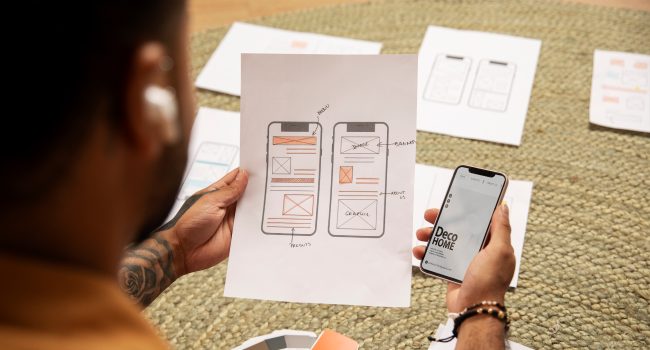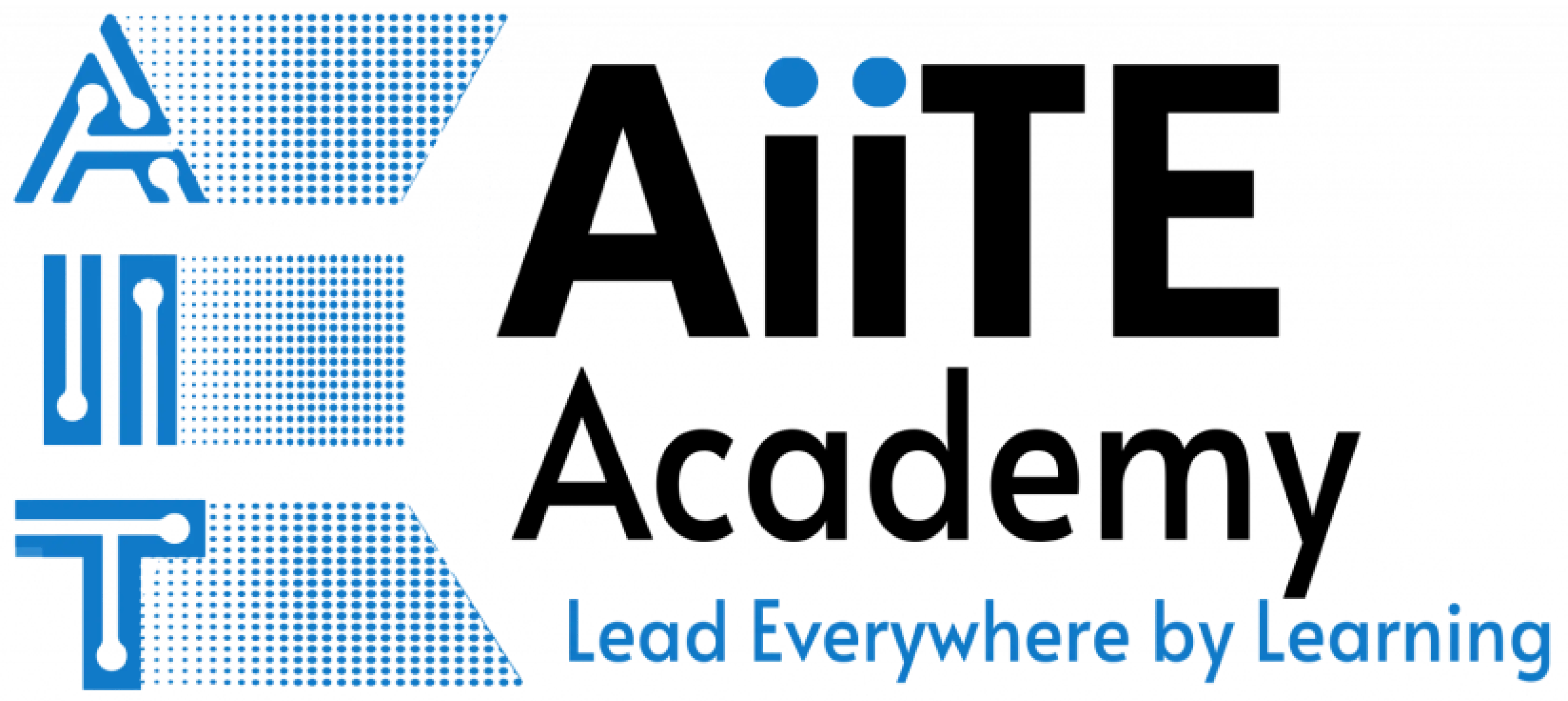In a world where digital experiences shape how we interact with technology, UI/UX design has become a critical skill. Whether it’s a website, mobile app, or software interface, users expect intuitive, visually appealing, and seamless interactions. This is where UI/UX designers step in to create engaging, user-friendly designs that enhance usability and satisfaction.
If you’re looking to build a career in UI/UX design, mastering the entire design process—from wireframing to prototyping—is essential. This guide will take you through the key components of a UI/UX designer course, helping you understand the fundamental skills, tools, and techniques needed to bring ideas to life and craft exceptional digital experiences.

Understanding UI/UX design
Before diving into wireframes and prototypes, it’s important to grasp what UI/UX design entails:
- User Interface (UI) Design: Focuses on the aesthetics and interactive elements of a product, including buttons, colors, typography, and layout.
- User Experience (UX) Design: Involves the overall experience a user has when interacting with a product, ensuring ease of use, efficiency, and satisfaction.
A well-structured UI/UX course should cover both these aspects, providing a strong foundation in design principles, research methodologies, and usability testing.
Wireframing: the blueprint of UI/UX design
What is wireframing?
Wireframing is the first step in designing a digital product. It involves creating a skeletal framework of a webpage or app to outline structure, layout, and functionality before adding design elements.
Why are wireframes important?
- Helps visualize the product's structure before investing in detailed design.
- Provides a roadmap for developers and designers.
- Saves time and resources by identifying potential usability issues early.
Tools for wireframing:
A good UI/UX course introduces tools such as:
- Figma – A web-based tool with collaborative features.
- Adobe XD– Ideal for both wireframing and prototyping.
- Sketch– A popular choice among Mac users.
- Balsamiq– Known for its quick and easy low-fidelity wireframing.
Creating interactive prototypes
What is Prototyping?
A prototype is a functional model of your design that simulates user interactions, allowing designers to test usability before development begins.
Types of Prototypes
- Low-Fidelity Prototypes: Basic clickable wireframes with minimal design.
- High-Fidelity Prototypes: Detailed, interactive models that closely resemble the final product.
Popular Prototyping Tools
- Figma – Provides interactive prototyping features.
- Adobe XD – Allows smooth transitions and interactions.
- InVision – Enables team collaboration and feedback.
- Axure RP – Ideal for advanced interactions and complex prototypes.
A quality UI/UX course teaches how to transform wireframes into interactive prototypes, ensuring students understand how to create engaging user journeys.
UX research and usability testing
A major part of UI/UX design is understanding user needs. Courses often include modules on:
- User Research: Conducting surveys, interviews, and usability tests to understand user behavior.
- A/B Testing: Comparing different versions of a design to see which performs better.
- Heatmaps & Analytics: Using tools like Google Analytics or Hotjar to track user interactions.
This step ensures that designs are user-centric and optimized for the best experience.
UI design principles and visual design
Once wireframes and prototypes are ready, the next step is visual design. This includes:
- Color Theory: Understanding how color impacts emotions and usability.
- Typography: Choosing fonts that enhance readability and brand identity.
- Layout & Spacing: Ensuring a clean, uncluttered design.
- Iconography: Using icons effectively to improve navigation.
UI/UX courses train students in tools like Photoshop, Illustrator, and Figma to create stunning, user-friendly designs.
Building a UI/UX Portfolio
A UI/UX designer needs a strong portfolio to showcase their work. A well-structured course will guide students on:
- Choosing projects that highlight different skills.
- Documenting the design process from wireframes to final prototypes.
- Presenting case studies that explain design decisions.
Popular platforms for hosting UI/UX portfolios include Dribbble, Behance, and personal websites.
Career paths and job opportunities in UI/UX design
Once you've completed a UI/UX design course, there are several career paths to explore, such as:
- Tech Companies: TCS, Infosys, Wipro, HCL, Accenture, Cognizant
- E-commerce Giants: Flipkart, Amazon India, Myntra, Ajio, Nykaa
- Startups & Digital Agencies: Zoho, Freshworks, Razorpay, Swiggy, Zomato, Paytm, WhiteHat Jr.
- FinTech & Banking: PhonePe, Paytm, Zerodha, ICICI Bank, HDFC Bank, Axis Bank
- Healthcare & EdTech: Practo, Tata 1mg, Byju’s, Unacademy, Vedantu
As businesses increasingly focus on enhancing user experience, UI/UX designers are in demand across sectors, making it a lucrative career choice in India.
A comprehensive UI/UX designer course should cover every essential aspect of design, from mastering wireframing and prototyping to conducting UI/UX research and usability testing. It should also focus on visual design principles, industry-standard tools, and building a strong portfolio to showcase expertise. Additionally, real-world projects and career guidance play a crucial role in preparing students for high-paying opportunities in top industries. Aiite Academy’s UI/UX designer course integrates all these critical components, providing structured learning, hands-on training, and industry-relevant skill.
Master every aspect of UI/UX design with Aiite Academy!
Enroll today and start building a future-proof career in UI/UX design!
